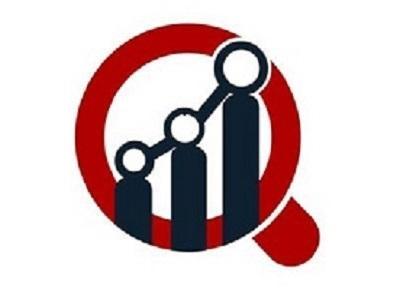Emerging Trends in Direct Drive Wind Turbines for Renewable Power Generation

Direct Drive Wind Turbine Market Trends - Emerging Direct Drive Wind Turbine Market Trends include the increasing use of permanent magnet generators, digital performance monitoring, and modular turbine assembly for offshore deployment. Enhanced efficiency and reduced noise levels are improving adoption rates in both onshore and offshore applications.
The Direct Drive (DD) Wind Turbine Market is currently shaped by several distinct and powerful trends, all pointing toward larger, more reliable, and grid-friendly power generation systems. The most significant trend is the relentless increase in turbine capacity and rotor diameter. New DD models are routinely being released with power ratings reaching and exceeding 15 megawatts (MW). This scale is essential for achieving economies of scale in wind farms, particularly offshore, where using fewer, higher-output turbines lowers installation and cabling costs per megawatt.
A second critical trend is the advancement in permanent magnet synchronous generator (PMSG) design. While PMSGs have been the preferred generator type for DD systems, manufacturers are intensely focused on reducing the reliance on high-cost, high-risk rare earth elements. This has spurred R&D into alternative, non-rare earth magnet materials or entirely new electrical generator topologies, such as advanced electrically excited synchronous generators (EESGs) or partial-conversion DD concepts. The objective is to stabilize the cost of materials and improve supply chain security without sacrificing the PMSG's core advantages of high efficiency and power density.
Furthermore, there is a pronounced trend toward intelligent systems and digitalization. The maintenance-free nature of DD turbines is being amplified by the integration of sophisticated sensor arrays and Artificial Intelligence (AI) and Machine Learning (ML) algorithms for predictive maintenance. This allows operators to monitor the health of high-value components, like the main bearings and power converters, and schedule service only when necessary, minimizing unplanned downtime. This digital overlay is crucial for fully realizing the low-OPEX promise of the direct drive design.
Finally, the trend of enhanced grid integration capabilities is gaining prominence. As wind power’s share in the total energy mix grows, turbines are required to provide more comprehensive grid support services, such as fault ride-through capability, reactive power control, and dynamic grid stabilization. The advanced power electronics and full-power converters inherent in DD systems make them naturally adept at meeting these increasingly strict grid code requirements, distinguishing them as a "smarter" and more adaptable renewable energy asset. These interconnected trends are driving the DD market to a new level of maturity and competitiveness.
